Synopsis: It’s been almost three decades since the rage virus escaped a biological weapons laboratory, and now, still in a ruthlessly enforced quarantine, some have found ways to exist amidst the infected. One such group of survivors lives on a small island connected to the mainland by a single, heavily defended causeway. When one of the group leaves the island on a mission into the dark heart of the mainland, he discovers secrets, wonders, and horrors that have mutated not only the infected but other survivors as well.
Whether society unscrupulously crawls towards its own demise or technology continues to overtake every facet of daily life, it’s important to keep a physical record of our history, traditions, recipes, and way of life. If movies or our current political climate are any indication, cultism and factions are an almost certain outcome. While I don’t think any of us wants a hopeless future, the hubris and greed of those in charge, and who harbor most of the wealth, take us down paths that affect us more than them. Stay informed, stay vigilant, stay woke, and stay together.
“The more you kill, the easier it gets.”
If left to fend for yourself, do you end up like Jimmy, Spike, or one of the rage-riddled infected? I guess you’ll have to watch to find out. From the enigmatic minds of Danny Boyle and Alex Garland, 28 Years Later is grim sentimentality meets gruesome rite of passage. The highly anticipated third installment in the cult film franchise is thought-provoking, mystifying, potent, and the precise jolt the evolution of this universe needs to propel forward. While certain artistic and narrative choices are unusual or bizarre when compared to Days and Weeks, it’s clear that a new direction is being taken. As every feature is connected by region and outbreak of the Rage Virus, like its predecessor, 28 Years Later is a standalone sequel. However, unlike its predecessor, this story and its characters will directly connect to its forthcoming sequel.
Residing in a rebuilt future within a small, barricaded, makeshift community, those left behind and forgotten from the mainland have found a way to continue as a society. As subliminal flashes of vintage medieval footage permeate various sequences, we are reminded of how far these people have fallen, as the rest of the world outside Britain remains unblemished. Moreover, as we are taken through the secluded isle, the tight-knit population teeters on cult as “Fail we may, but go we must” dominates a banner. As this tribe attempts to grow and thrive in less-than-ideal conditions, the story unfolds into a family-driven narrative intertwined with topical geo-politics. What begins with a traditional and transcendent adolescent rite of passage to the mainland to get a first kill soon turns into dysfunction, fear, and a coming-of-age journey of sorts.
“Memento mori.”
As terror lurks behind every tree, over every hill, and swings a massive meat stick, there’s no help in sight. It becomes evident that, like disasters and tragedies that take place outside of our purview, death and suffering persist as the rest of the world looks away or just moves on. While horror and trippiness endure, the focus on humanity rivals the first film. Highlighting the preservation and evolution of rituals, the moments are both beautiful and absurd. Alive with a pulse-pounding score and visceral cinematography, the film loses its footing with a sluggish middle and an abnormal climax. The ending, which sets up the planned sequel, feels like Robert Rodriguez crafted its tone and mood.
If you’re looking for a fast-paced zombie massacre, this is not the movie for you. While it has its fair share of brutal kills and share-worthy moments, this post-apocalyptic allegory is more think piece than fright flick. Before the franchise’s potentially exciting future is entertained, there is definitely plenty to unpack as it ponders and postulates life, death, and love. Its rewatchability is medium.
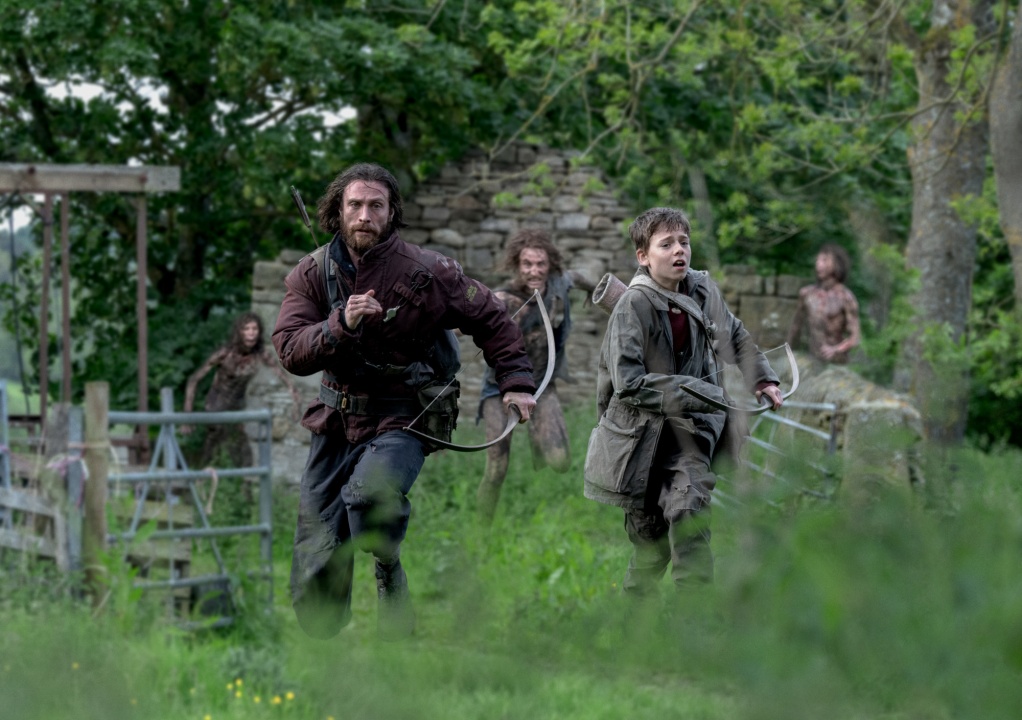
Pace & Pop
Contrary to what the poster or trailer may have led you to perceive, the film is much more of a slow burn than expected. While the first act delivers both shock and surprise, as the journey delves into its humanity, it slows to an exploratory creep. However, the threat of infection or violent death remains immediate. What popped for me was the creative chances Boyle took. The fever-dream flair, paired with the moments that would stimulate the inebriated, adds a clever splash of artistic panic to an already dire situation.
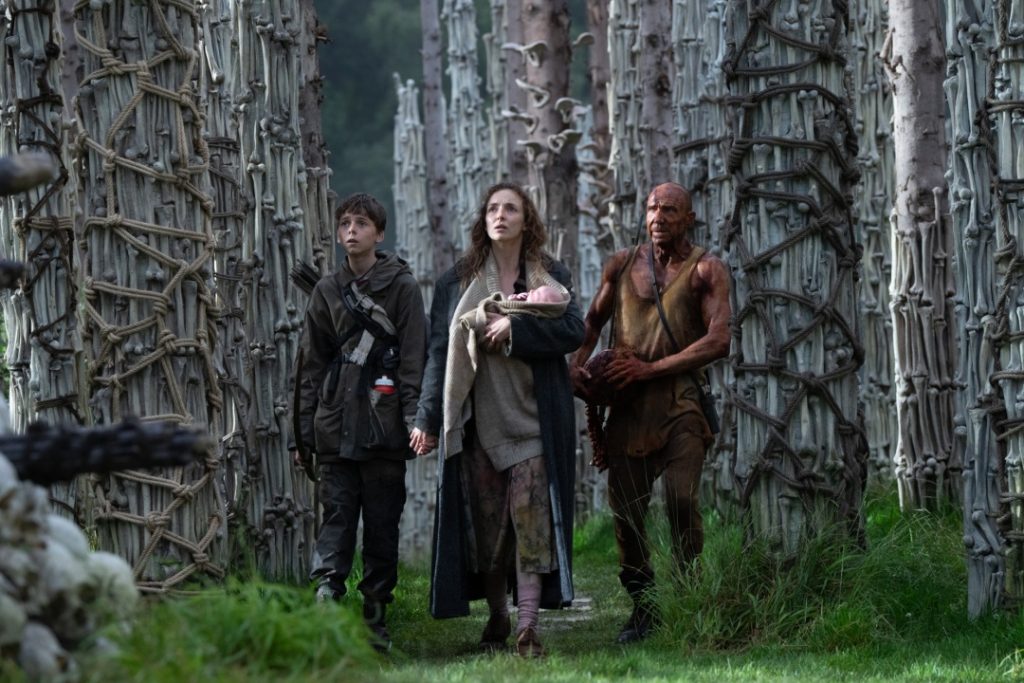
Characters & Chemistry
Starring: Jodie Comer, Aaron Taylor-Johnson, Jack O’Connell, Alfie Williams and Ralph Fiennes
Anchored by strong emotional outings by some of the biggest names, young Alfie Williams delivers a standout performance. While Jodie Comer’s Isla represents love and comfort, and Aaron Taylor-Johnson‘s Jamie depicts strength and deceit, Williams’ Spike displays independence, courage, and bravery. Dr. Kelson, portrayed by Ralph Fiennes, is the voice of reason, calm, and connection to the past. Jack O’Connell gives a glimpse of the future as Jimmy. And lastly, we all get really familiar with Chi Lewis-Parry as Samson.
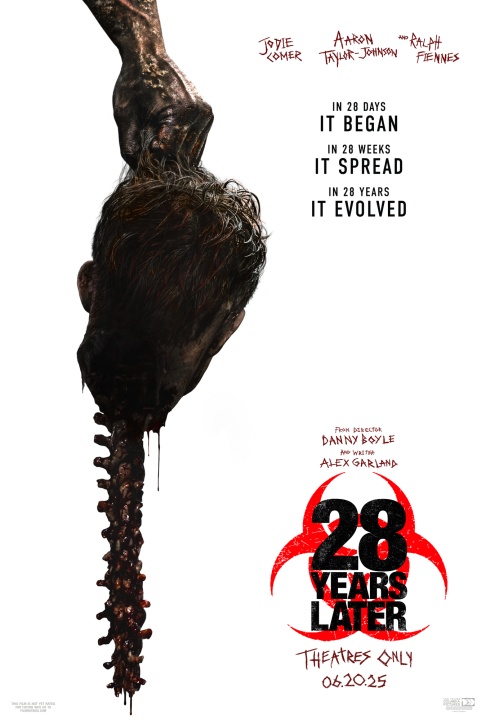
28 Years Later gets unleashed in theaters on June 20, 2025. Stay safe and look out for Samson’s alpha.
Rated: R Runtime: 1h 55m Director: Danny Boyle Writer: Alex Garland Producers: Andrew Macdonald, Peter Rice, Bernard Bellew, Danny Boyle, Alex Garland Executive Producer: Cillian Murphy Director of photography: Anthony Dod Mantle ASC, BSC, DFF Editor: Jon Harris Production & Costume Designers: Gareth Pugh and Carson McColl Score: Young Fathers Casting: Gail Stevens CDG and Rebecca Farhall

28 Years Later is grim sentimentality meets gruesome rite of passage. The highly anticipated third installment in the cult film franchise is thought-provoking, mystifying, potent, and the precise jolt the evolution of this universe needs to propel forward.
-
GVN Rating 7
-
User Ratings (0 Votes)
0


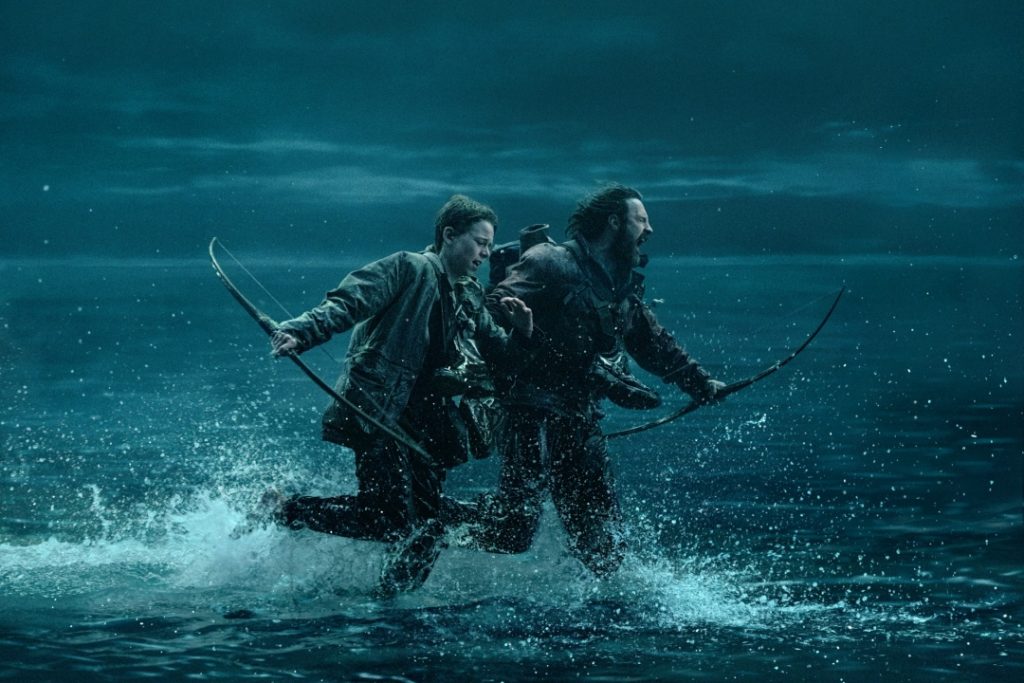

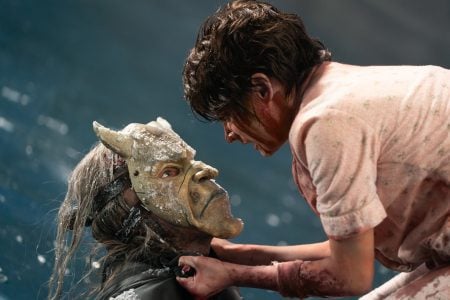
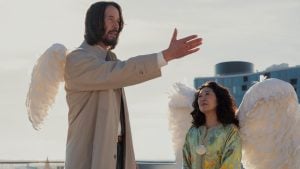

![‘Frankenstein’ Review – Guillermo del Toro’s Definitive Look At The Nature And Nurture Of Monstrosity [TIFF 2025] ‘Frankenstein’ Review – Guillermo del Toro’s Definitive Look At The Nature And Nurture Of Monstrosity [TIFF 2025]](https://cdn.geekvibesnation.com/wp-media-folder-geek-vibes-nation/wp-content/uploads/2025/10/Frankenstein-175_PF_20240430_20377_R-300x200.jpg)